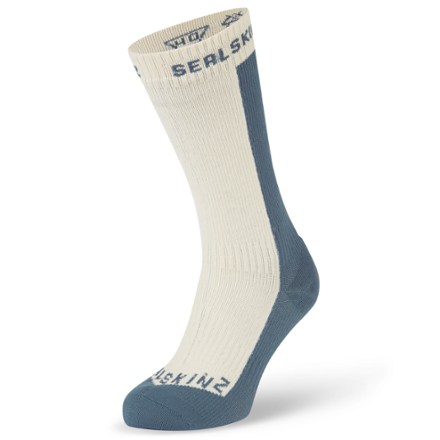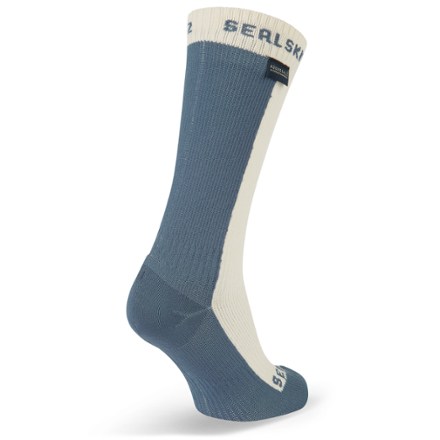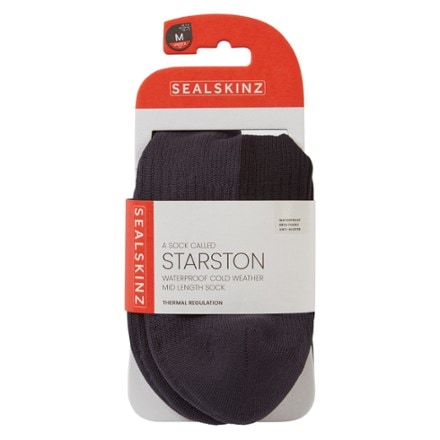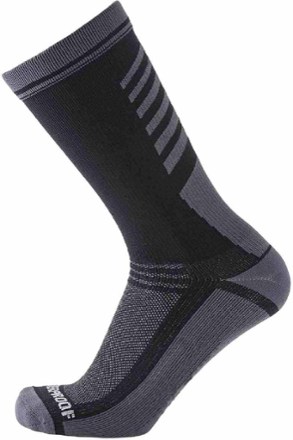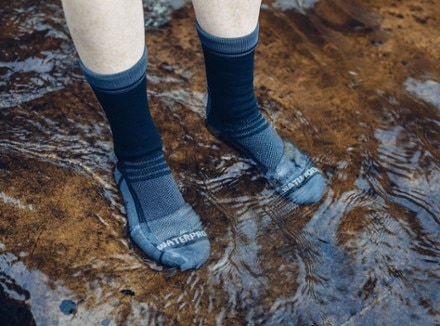How to Choose Hiking Socks
Select your sock height
- No-show: Little protection against skin-to-boot abrasion. Best with low-cut footwear like trail-running or light hiking shoes
- Ankle: Covers your ankle bone and offers some protection. Best for low- to mid-cut shoes and boots
- Crew: Extends a few inches above ankle bone and protects against boot abrasion. Good for boots or shoes
- Knee-high: Typically used for mountaineering, provide warmth and protection against high-cut boots
Choose your preferred cushioning level
- None: Ultralight, breathable socks designed for use in hot weather or as sock liners
- Light: Moisture-wicking and comfortable at the heel and ball of your foot; relatively thin and better for warm conditions
- Medium: Targeted cushion in the heel and ball of the foot for hiking and backpacking; warm enough for moderate to cold conditions
- Heavy: Thickest and most cushioned; best for long trips, tough terrain and cold
Select a fabric
- Choose a moisture-wicking and quick-drying material like wool, polyester or nylon.
- Spandex is often added for its elastic properties to prevent bunching or wrinkling.
- Cotton isn't recommended as it absorbs moisture, takes longer to dry and cools down quickly.
Find your fit
- Choose based on your foot size, not shoe size.
- If you're between sizes, size down to avoid excess material that can bunch up and cause blisters.
- Socks should feel snug but not tight, and the sock's heel cup should naturally line up with your heel.
Read full article: How to Choose Hiking Socks
